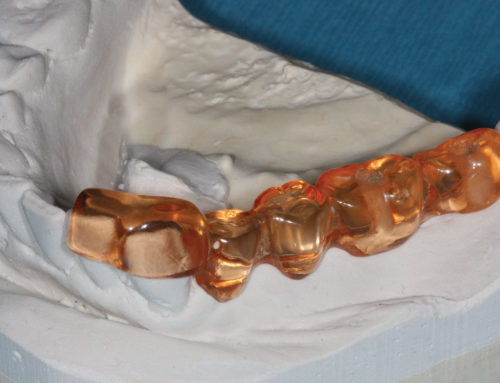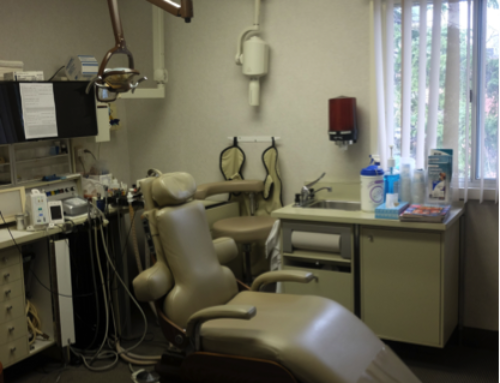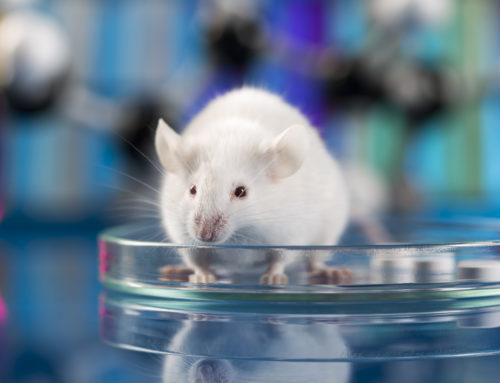 Yet we probably all know that isn’t likely to happen. Despite the litany of issues that tongue and other oral piercings have been shown to cause, they’re still popular—especially with teenage patients. While we can’t eliminate these risks entirely, we can minimize them.
Yet we probably all know that isn’t likely to happen. Despite the litany of issues that tongue and other oral piercings have been shown to cause, they’re still popular—especially with teenage patients. While we can’t eliminate these risks entirely, we can minimize them.
In addition to stressing careful hygiene, it’s important to recommend that patients choose plastic studs and piercings instead of metal. New research featured in the Journal of AdolescentHealth has found that stainless steel jewellery accumulates more bacteria than that made of plastics. In a study of 85 subjects with tongue piercings, researchers found that of the 80 species of bacteria taken into consideration, 67 were found at significantly higher levels on stainless steel jewellery as opposed to Teflon or polypropylene. Staphylococci were found on steel and titanium studs while not found to be present on the plastic piercings.
Pseudomonas aeruginosa, Haemophilus influenza, and Porphyromonas gingivalis were among the bacteria found in higher levels on steel jewellery. The study concluded that steel jewellery could promote the development of a biofilm, while plastic piercings may be inert to bacterial colonization.
Increased bacteria levels and the potentially higher risk of local infection aren’t the only reasons to urge plastic over metal. The harder, denser jewellery typically leads to higher rates of tooth chipping and gingival recession. However, steel and plastic mouth jewellery carry the same orthodontic implications – possible tooth shifting due to habitual tongue movement.





